How to Inspect Your Boat for Safety Checks: Tips and Tricks for Identifying and Resolving Common Problems
Owning a boat can be an exhilarating experience, offering endless opportunities for adventure on the water. However, ensuring your vessel is safe and seaworthy is crucial for the well-being of both you and your passengers. Regular safety checks and maintenance are essential to identify potential problems before they become serious issues. In this article, we’ll cover how to conduct thorough boat safety inspections, what problems to look for, and how to resolve them. By following these tips and tricks, you can ensure your boat remains in optimal condition and enjoy a worry-free boating experience.
Why Boat Safety Checks Matter
Regular safety inspections are vital for several reasons:
-
Safety: A well-maintained boat reduces the risk of accidents and injuries.
-
Performance: Regular maintenance helps ensure your boat runs smoothly and efficiently.
-
Longevity: Identifying and addressing issues early can extend the life of your vessel.
-
Compliance: Many jurisdictions require regular safety inspections to meet legal and insurance requirements.
1. Preparing for a Boat Safety Inspection
Before you begin your inspection, gather the necessary tools and materials:
-
Flashlight
-
Multimeter (for electrical checks)
-
Screwdrivers and wrenches
-
Cleaning supplies
-
Personal protective equipment (gloves, safety glasses)
Create a Checklist
Having a detailed checklist will ensure you cover all the essential areas during your inspection. Here’s a sample checklist to get you started:
-
Hull and deck
-
Engine and propulsion system
-
Electrical system
-
Fuel system
-
Plumbing system
-
Safety equipment
-
Navigation equipment
2. Inspecting the Hull and Deck
The hull and deck are critical components of your boat's structure. Inspecting these areas regularly can help prevent significant issues.
Hull Inspection
-
Cracks and Blisters: Look for cracks, blisters, or other signs of damage on the hull. Small cracks can be repaired with marine epoxy, while larger issues may require professional attention.
-
Waterline: Check the waterline for algae or barnacle growth. Clean and remove any buildup to maintain the boat’s performance.
-
Through-Hull Fittings: Inspect through-hull fittings for signs of corrosion or leaks. Replace damaged fittings to prevent water ingress.
Deck Inspection
-
Soft Spots: Walk the deck and feel for soft spots, which can indicate water damage or rot. Repair or replace damaged sections as needed.
-
Hardware: Check all deck hardware, such as cleats and railings, to ensure they are secure and free of corrosion.
-
Hatches and Windows: Inspect hatches and windows for leaks. Replace seals or gaskets if necessary.
3. Engine and Propulsion System
A reliable engine and propulsion system are essential for safe and efficient boating. Regular inspections can help identify potential issues early.
Engine Inspection
-
Oil Levels: Check the engine oil levels and look for any signs of contamination. Change the oil and filter regularly according to the manufacturer’s recommendations.
-
Belts and Hoses: Inspect belts and hoses for signs of wear, cracks, or leaks. Replace any damaged components to prevent breakdowns.
-
Coolant System: Ensure the coolant levels are adequate and the system is free of leaks. Flush and replace the coolant as needed.
Propulsion System
-
Propeller: Inspect the propeller for damage, such as dents or cracks. Repair or replace damaged propellers to maintain performance.
-
Shaft and Coupling: Check the shaft and coupling for signs of wear or misalignment. Lubricate moving parts and tighten any loose fittings.
-
Transmission: Inspect the transmission fluid levels and look for signs of contamination. Change the fluid regularly and address any leaks promptly.
4. Electrical System
The electrical system is vital for powering your boat’s lights, navigation equipment, and other essential systems.
Battery Inspection
-
Connections: Check battery connections for corrosion or loose terminals. Clean and secure connections as needed.
-
Charge Levels: Test the battery charge levels using a multimeter. Replace any batteries that are no longer holding a charge.
-
Wiring: Inspect wiring for signs of wear, corrosion, or damage. Replace damaged wires and secure any loose connections.
Lighting and Instruments
-
Navigation Lights: Ensure all navigation lights are functioning correctly and replace any burned-out bulbs.
-
Instruments: Test all instruments, such as the depth sounder and GPS, to ensure they are working correctly. Address any malfunctions promptly.
5. Fuel System
A well-maintained fuel system is essential for safe and efficient engine operation.
Fuel Tank
-
Leaks and Corrosion: Inspect the fuel tank for signs of leaks or corrosion. Address any issues immediately to prevent fuel spills.
-
Ventilation: Ensure the fuel tank ventilation system is functioning correctly to prevent vapor buildup.
Fuel Lines and Filters
-
Condition: Check fuel lines for cracks, wear, or leaks. Replace any damaged lines to ensure a safe fuel supply.
-
Filters: Inspect and replace fuel filters regularly to prevent clogs and ensure clean fuel flow.
6. Plumbing System
The plumbing system includes the freshwater, bilge, and sewage systems. Regular inspections can help prevent leaks and maintain proper function.
Freshwater System
-
Tanks and Lines: Inspect freshwater tanks and lines for leaks or damage. Clean and sanitize tanks regularly to prevent contamination.
-
Pumps: Test freshwater pumps to ensure they are working correctly. Replace any malfunctioning pumps.
Bilge System
-
Pumps and Alarms: Check bilge pumps and alarms to ensure they are functioning correctly. Clean the bilge area and remove any debris that could clog the pumps.
-
Float Switch: Test the float switch to ensure it activates the bilge pump when water levels rise.
Sewage System
-
Tanks and Hoses: Inspect sewage tanks and hoses for leaks or damage. Clean and sanitize tanks regularly to prevent odors and contamination.
-
Pumps: Test sewage pumps to ensure they are working correctly. Replace any malfunctioning pumps.
7. Safety Equipment
Having the right safety equipment on board is crucial for the well-being of you and your passengers.
Life Jackets
-
Condition: Inspect life jackets for signs of wear, damage, or mold. Replace any damaged life jackets.
-
Accessibility: Ensure life jackets are easily accessible and that there are enough for all passengers.
Fire Extinguishers
-
Inspection: Check fire extinguishers for proper charge levels and ensure they are easily accessible.
-
Expiration Dates: Replace any expired fire extinguishers.
First Aid Kit
-
Contents: Inspect the first aid kit to ensure all necessary items are present and in good condition. Replace any used or expired items.
Flares and Signaling Devices
-
Condition and Expiration: Check flares and other signaling devices for expiration dates and proper functioning. Replace any expired or damaged devices.
8. Navigation Equipment
Reliable navigation equipment is essential for safe and efficient boating.
GPS and Chartplotter
-
Functionality: Test the GPS and chartplotter to ensure they are working correctly. Update software and maps as needed.
Compass
-
Accuracy: Check the compass for accuracy and ensure it is properly calibrated.
VHF Radio
-
Functionality: Test the VHF radio to ensure it is working correctly. Ensure you have a current VHF license if required.
9. Common Problems and How to Resolve Them
Engine Overheating
Solution: Check the coolant levels, inspect the water pump, and ensure the cooling system is free of obstructions. Clean or replace the raw water intake filter as needed.
Electrical Issues
Solution: Inspect wiring and connections for corrosion or damage. Replace any faulty components and ensure all connections are secure. Test the battery and replace it if necessary.
Fuel Contamination
Solution: Drain and clean the fuel tank, replace fuel filters, and use a fuel stabilizer to prevent future contamination.
Leaks in the Hull
Solution: Identify the source of the leak and repair it with marine-grade sealant or epoxy. For significant damage, consult a professional.
Conclusion
Regular boat safety inspections are essential for maintaining a safe and enjoyable boating experience. By following the tips and tricks outlined in this article, you can identify potential problems early and address them before they become serious issues. Remember to create a comprehensive checklist, inspect all critical components, and perform necessary maintenance tasks regularly. With proper care and attention, your boat will remain in excellent condition, ensuring many enjoyable adventures on the water. Buy boat outfitting products at CycloneSale.com and stay safe on all your boating adventures.
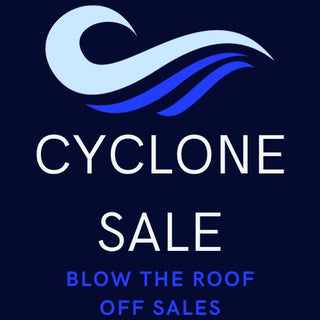
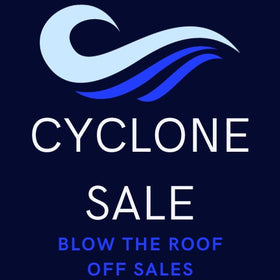
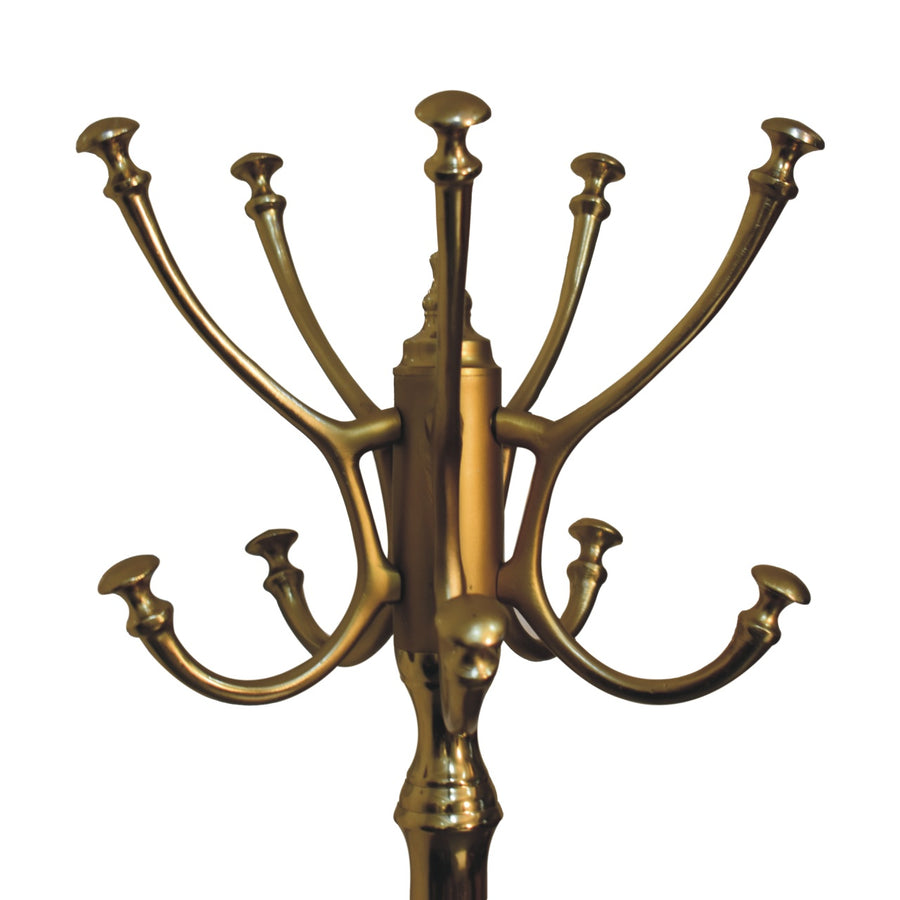
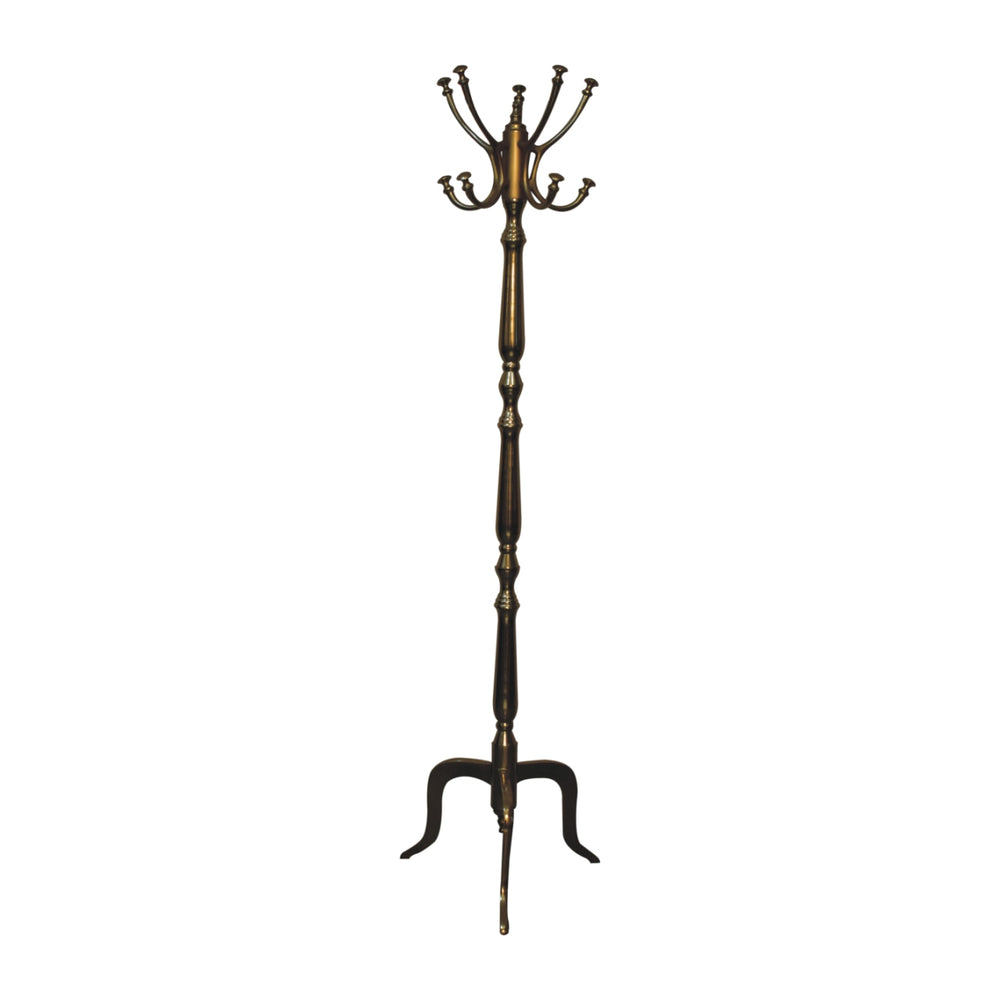

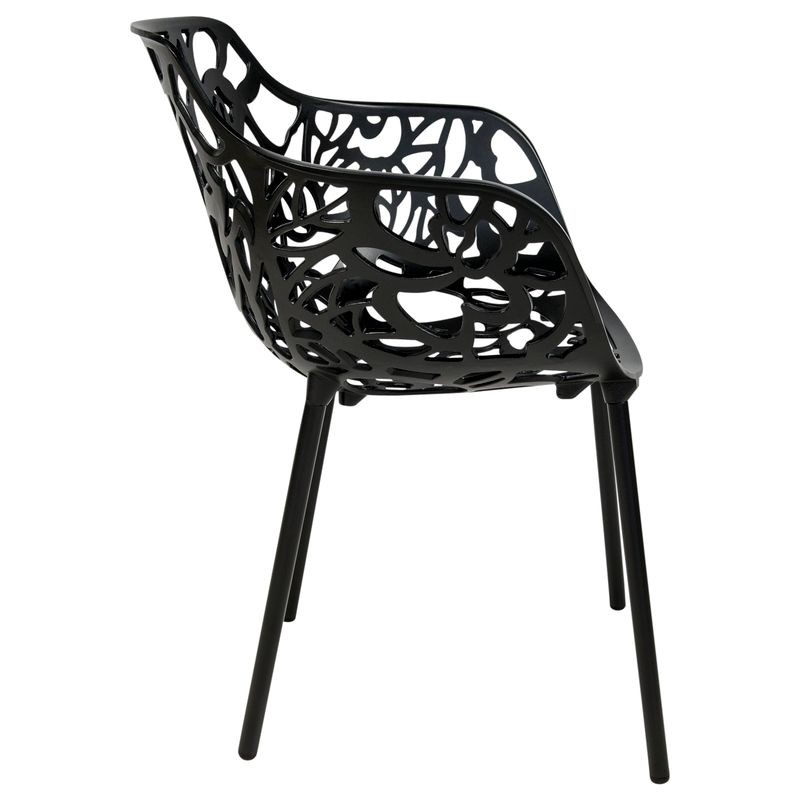
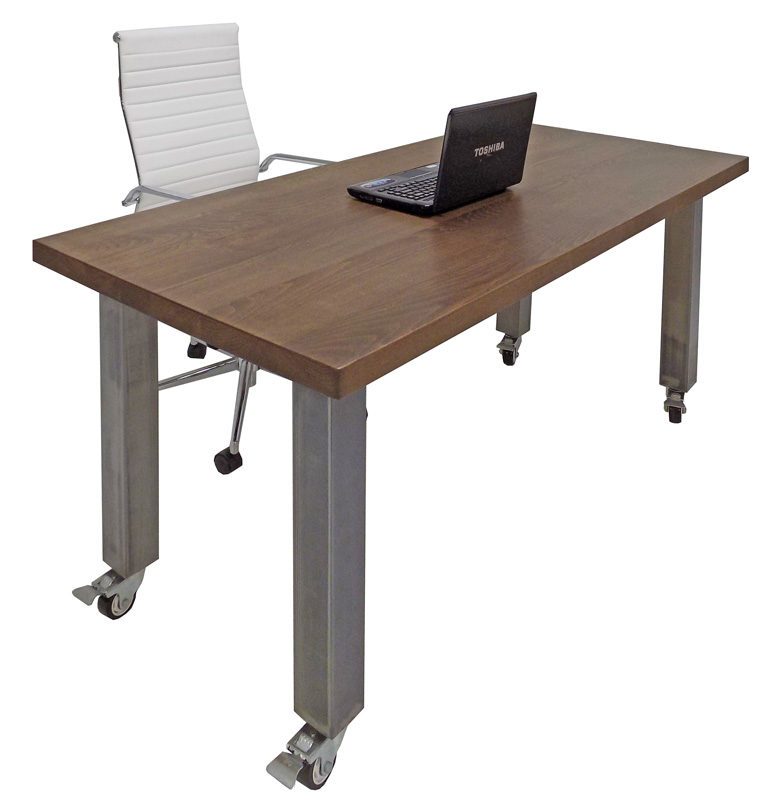
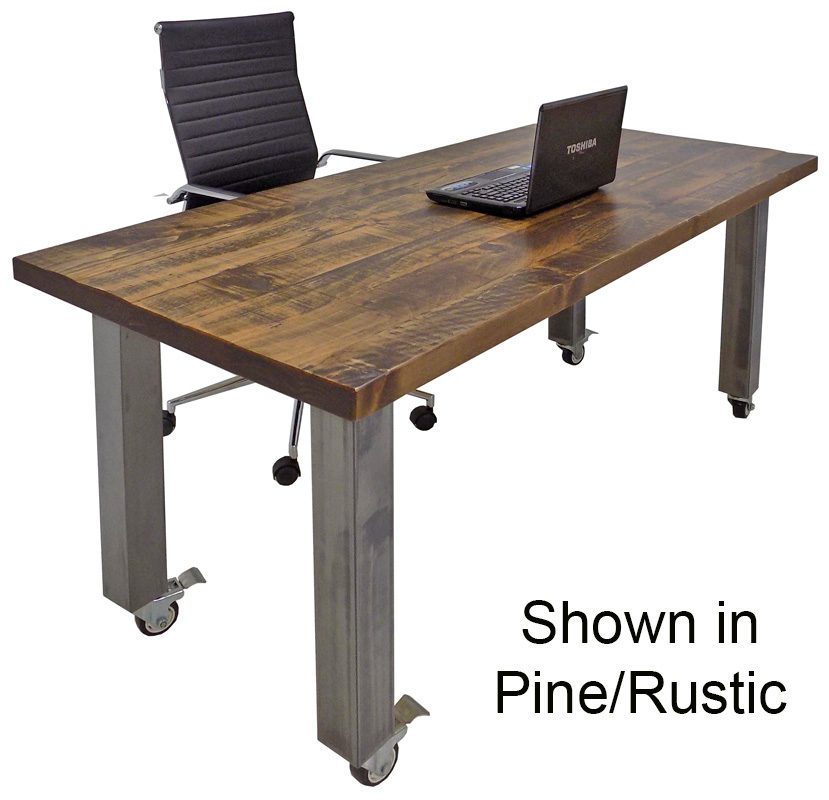
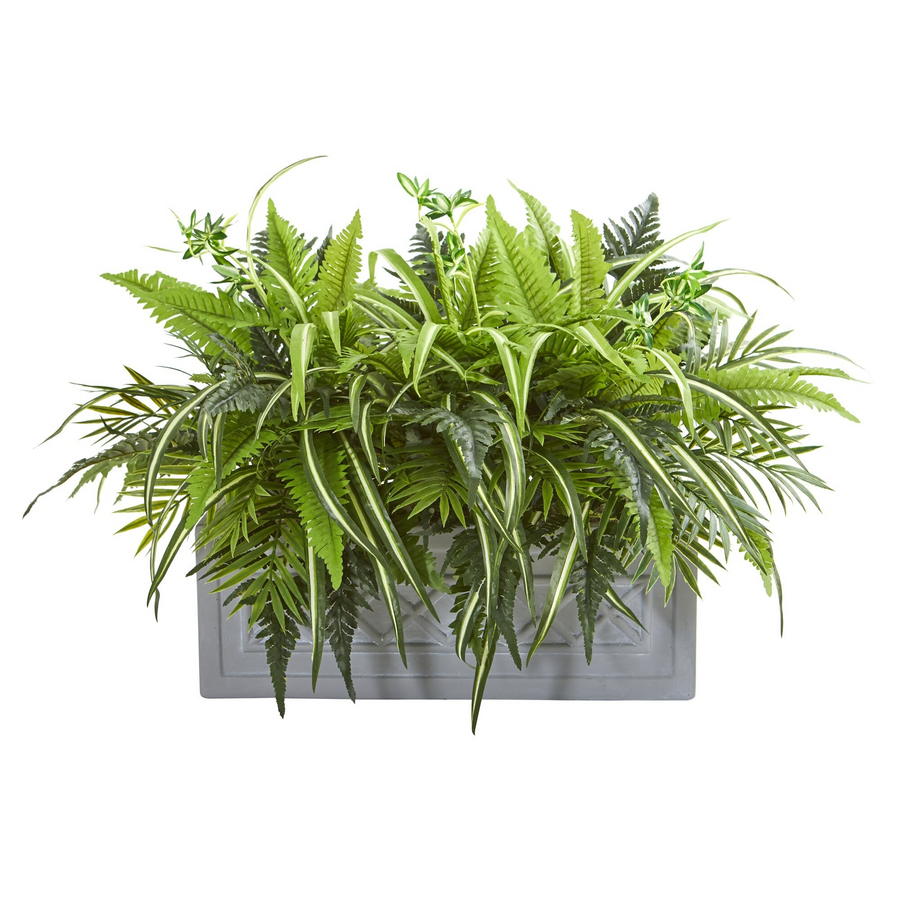

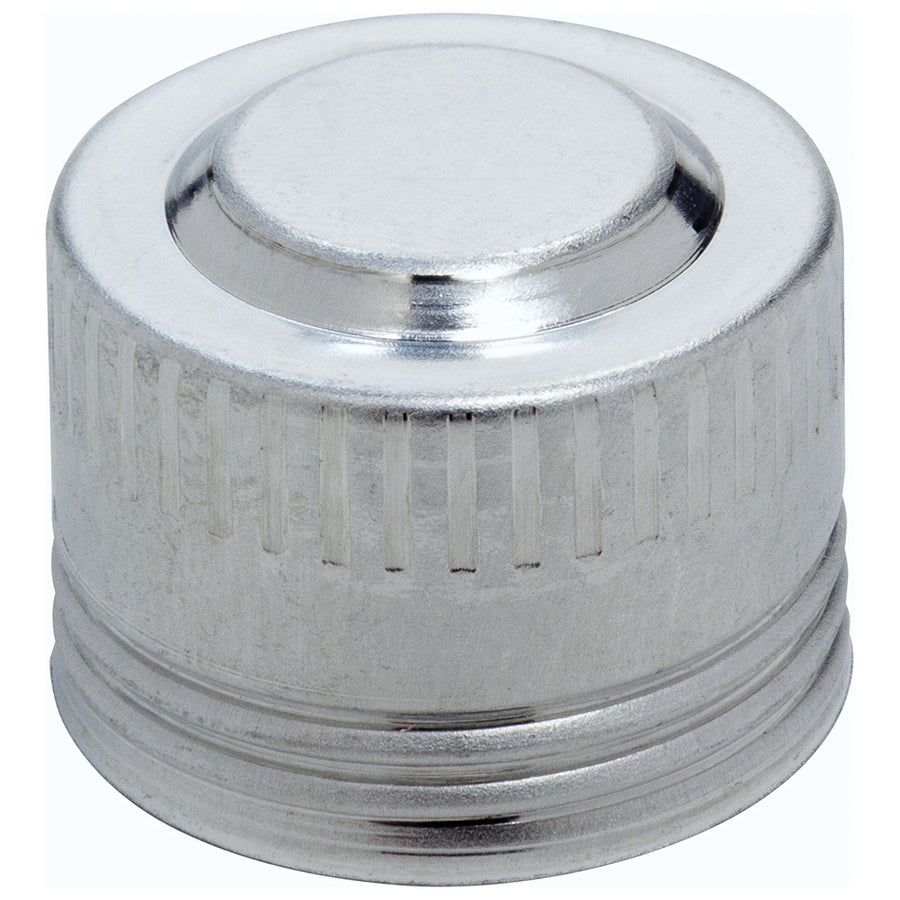
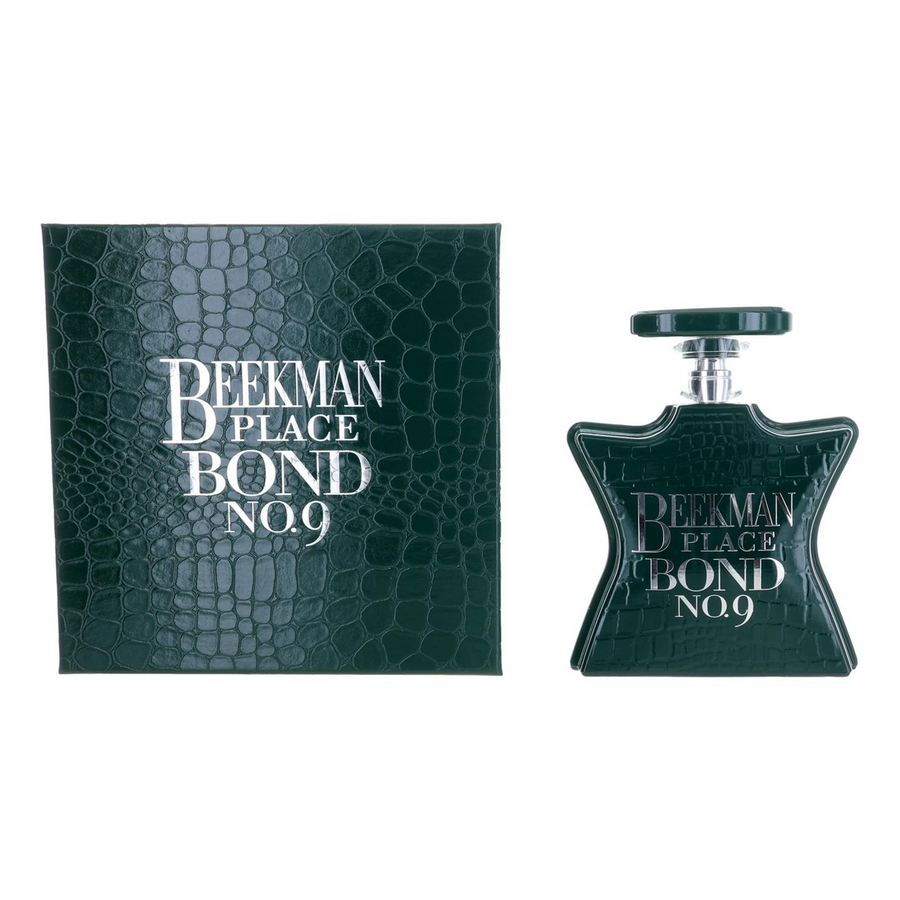

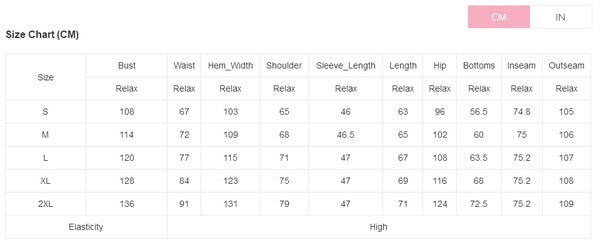





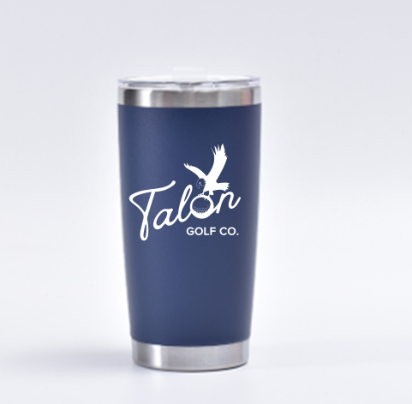


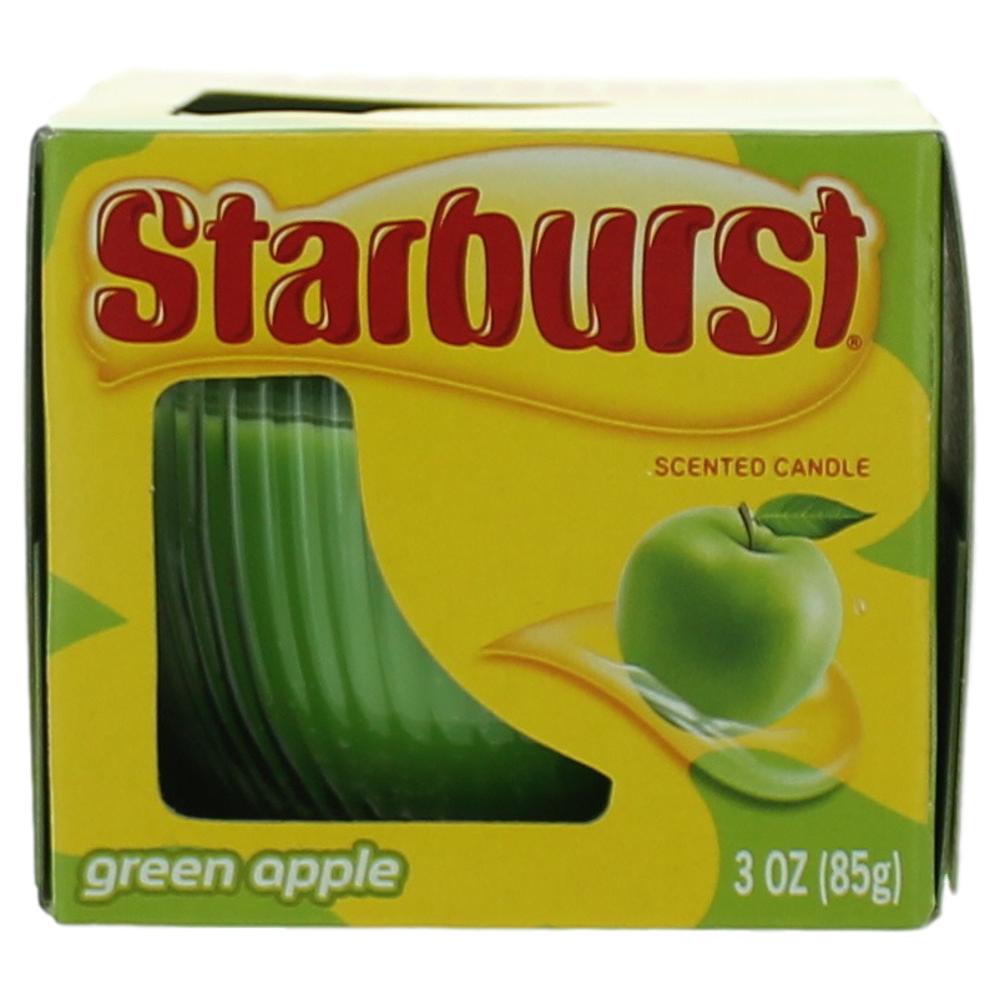



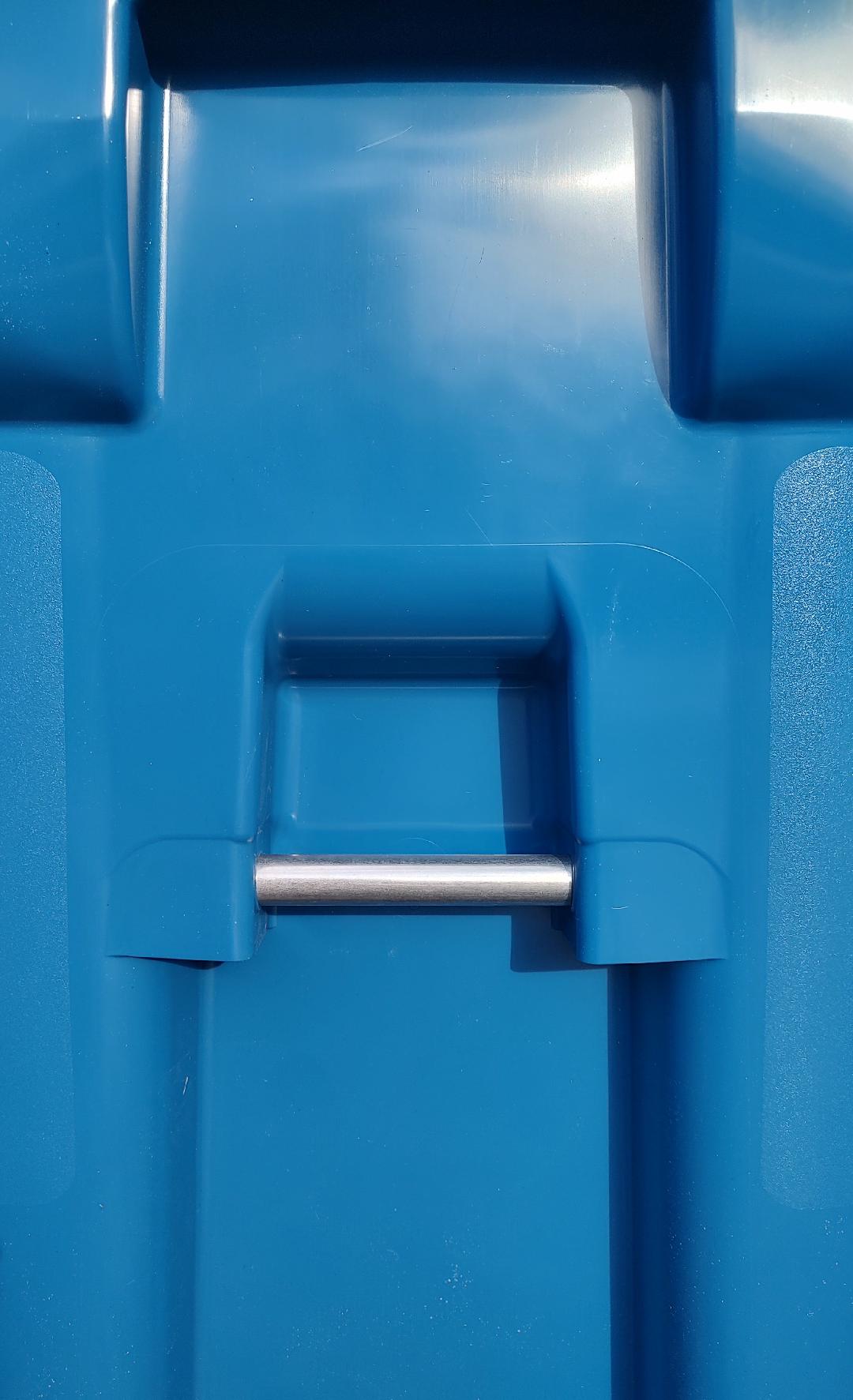



















Leave a comment